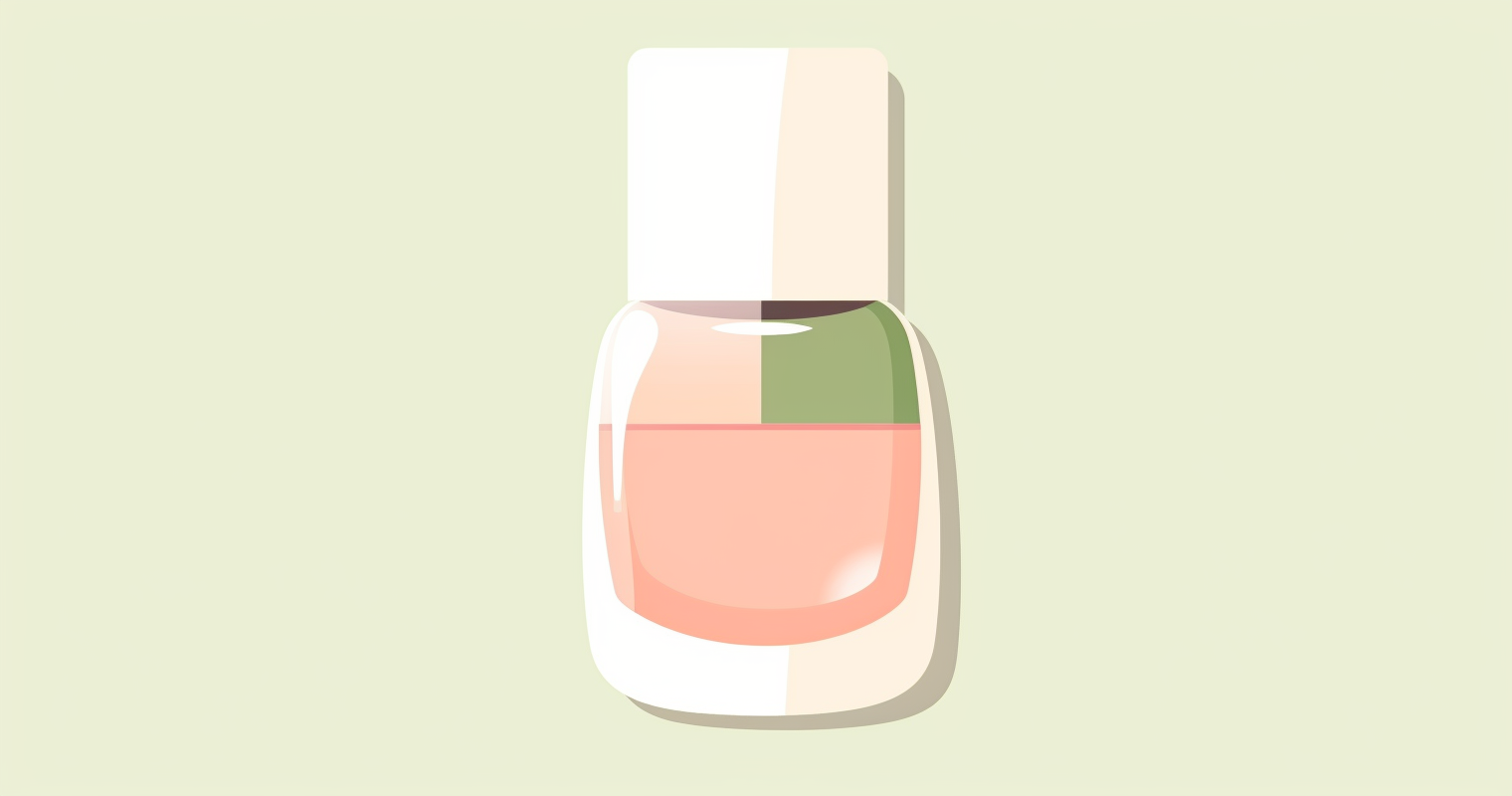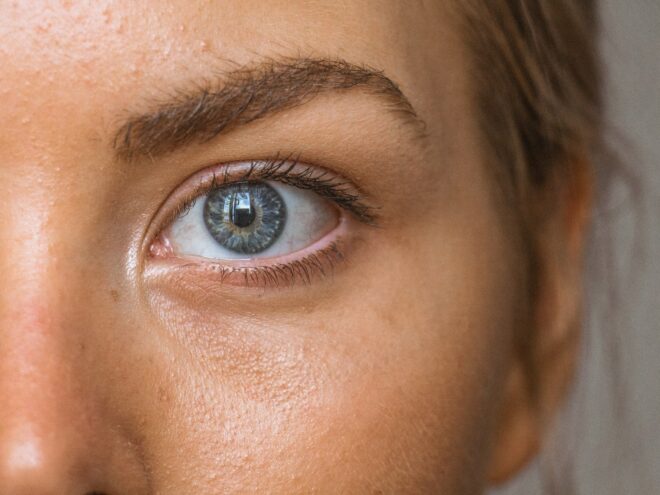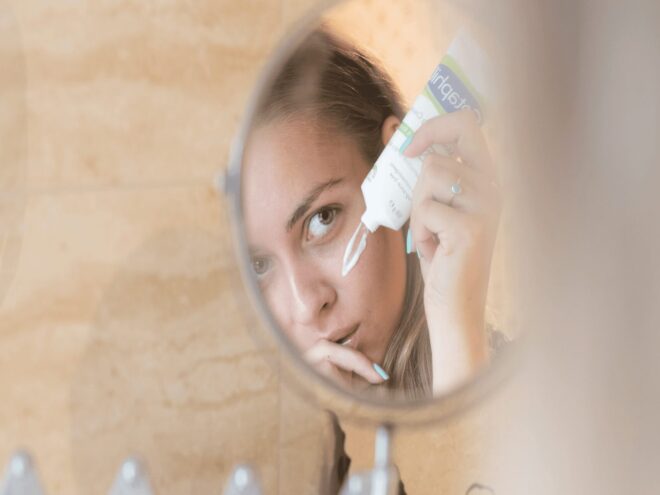Style • 04/16/2024
Is Nail Polish Toxic? Separating Fact from Fiction

Revivalist is a reader-supported endeavor and our posts may contain affiliate links. When you buy through links on our site, we may earn an affiliate commission.
“Is nail polish toxic?” is a question on the minds of many in today’s beauty-conscious world. Nail polish, a famous beauty product millions use to add color and style to their nails, has a rich history and a significant presence in modern fashion.
Consumers are increasingly mindful of the safety of the beauty products they use. There’s a growing awareness of how product ingredients like nail polish can affect health and the environment. This trend reflects a broader movement towards conscious consumerism in the beauty industry.
The Composition of Nail Polish
Nail polish is a complex blend of several ingredients, each serving a specific purpose to ensure the desired color, consistency and durability. Common ingredients include:
- Film formers: These create a smooth, even coating on the nail.
- Plasticizers: They help prevent chipping and cracking.
- Solvents: These dissolve other components and give nail polish its liquid form.
- Pigments: This ingredient provides the color. They range from natural pigments to synthetic ones.
Among these, certain chemicals raise health concerns. For instance, formaldehyde — which manufacturers use as a hardener — has preservative qualities but is also a recognized carcinogen. Meanwhile, toluene helps nail polish go on smoothly but can affect the nervous system and cause developmental issues with prolonged exposure.
Likewise, dibutyl phthalate prevents nail polish from becoming brittle, but it can trigger reproductive issues and experts suspect it to be an endocrine disruptor. These chemicals are crucial in the performance of nail polish but pose potential health risks, prompting a shift toward safer alternatives in the industry.
Myths and Facts About Nail Polish
One common myth is that all nail polishes are inherently harmful, but it isn’t entirely true. While certain ingredients in traditional nail polishes have raised health concerns, many modern formulations are much safer. Advances in cosmetic chemistry have led to the development of nail polishes free from the most harmful chemicals, such as toluene, formaldehyde and DBP.
Another myth is that “natural” or “organic” nail polishes are always safer. However, these terms are not regulated in the cosmetics industry and such products can still contain harmful ingredients. It’s vital to read labels and understand the ingredients rather than relying solely on marketing terms.
These myths can significantly impact consumer choices and safety perceptions. The belief that all nail polishes are harmful may lead some people to avoid these products altogether, even those that are safe and non-toxic.
On the other hand, the misconception about “natural” nail polishes being always safe could lead to using products that are not as harmless as assumed. Educating consumers about the realities of nail formulations can help them make informed decisions and promote a more accurate understanding of product safety.
Health Impacts of Nail Polish
Exposure to nail polish fumes — especially in poorly ventilated areas — can have several short-term effects. It may include headaches from the pungent odors of solvents like acetone. In addition, inhalation of volatile organic compounds can cause dizziness and nausea. Similarly, irritation of the eyes, throat and lungs can result from chemicals like formaldehyde and toluene.
Interestingly, tea tree oil is often cited for promoting nail health. Known for its antifungal and antibacterial properties, it can help treat nail fungus and keep nails healthy. However, it’s not a nail polish component — people use it in separate nail care routines.
Moreover, regular and prolonged use of nail polish containing toxic chemicals can pose significant long-term health concerns, such as respiratory issues, reproductive harm and cancer risks. These potential risks highlight the importance of choosing safer nail polish options and ensuring good ventilation during application.
Regulations and Safety Standards
The beauty industry is subject to various regulations, varying significantly by country. In the U.S., the Food and Drug Administration oversees cosmetic safety. However, it doesn’t approve cosmetics before brands market it consumers.
The responsibility for safety falls on manufacturers. The FDA can intervene if a product is misbranded or adulterated but has no authority to recall cosmetics. It does ban harmful substances — like methylene chloride — in nail polish.
Organizations — like the DFA — monitor and enforce safety standards. They issue guidelines, conduct research and take legal action against companies that violate safety standards. However, due to the largely self-regulated nature of the cosmetic industry in many countries, consumers often rely on manufacturers’ integrity and independent certifications to gauge product safety.
Non-Toxic Alternatives
“3-free”, “5-free” and “7-free” nail polishes represent a move toward safer cosmetic formulations. Each term refers to the number of potentially harmful chemicals that aren’t present in the nail polish:
- 3-free polishes are free from dibutyl phthalate, toluene and formaldehyde.
- 5-free includes the above and also excludes formaldehyde resin and camphor.
- 7-free goes further by also eliminating ethyl tosylamide and xylene.
The benefits of using non-toxic nail polishes are significant. They reduce the risk of allergic reactions, minimize exposure to potentially harmful chemicals and are generally better for overall nail health. These formulations are also often more environmentally friendly.
Tips for Safe Nail Polish Usage
When applying nail polish, it’s crucial to do so in a well-ventilated area to minimize inhalation of fumes. Open windows or use a fan to ensure good air circulation. Apply thin layers to speed up drying time and reduce exposure.
It’s also advisable to wear gloves when removing nail polish, especially when applying acetone-based removers, as they can be harsh on the skin. Acetone-free removers are a better option, they are less drying and are gentler on nails and skin. Avoid direct contact with the skin around your nails when applying polish to prevent irritation.
In addition, become a label reader to avoid potentially harmful products. Look for polishes with 3-free, 5-free or 7-free labels, indicating the absence of certain toxic chemicals. Be cautious of misleading labels and research brands claiming to be non-toxic.
Checking for certifications from reputable organizations can also be helpful. When in doubt, consult online resources or databases that track cosmetic ingredients and their safety. This way, you can make informed decisions about the products you use.
Making Informed Choices in Nail Care
Understanding the ingredients in nail polish and their effects is vital to making informed and safe choices for your beauty routine. Opting for non-toxic options can reduce exposure to potentially harmful chemicals.
Staying updated on industry regulations and emerging research helps navigate the ever-evolving landscape of cosmetic safety. By being informed and selective, you can enjoy the beauty of nail polish without compromising your health or well-being.
Subscribe to Our Weekly Newsletter
We would love to connect deeper with you!


